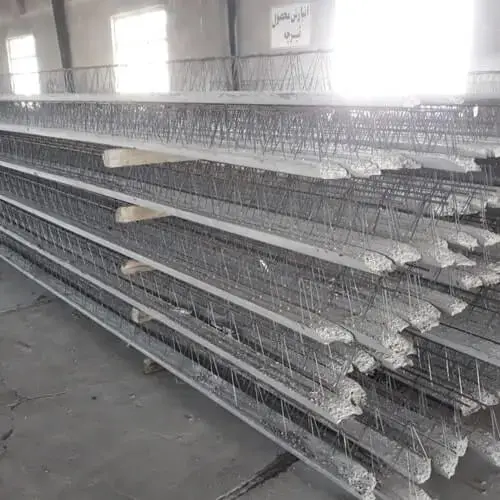Truss beams are a crucial structural component used in construction to support roofs, bridges, and other structures. They are designed to distribute loads evenly across their members, resulting in a strong and efficient load-bearing system. Truss beams are typically made of wood, steel, or aluminum and are designed using engineering principles to provide optimal strength and stability. Truss beams are widely used in various construction applications due to their many advantages, including their versatility, cost-effectiveness, and efficiency in spanning long distances.
Versatility:
One of the significant benefits of truss beams is their versatility. They can be designed in a wide range of sizes, configurations, and materials to suit different construction requirements. Truss beams can be used in both residential and commercial construction projects, including houses, warehouses, factories, bridges, and more. They can be customized to accommodate different roof shapes, spans, and loads, making them adaptable to various architectural designs and construction needs. Truss beams can also be combined with other building materials, such as concrete, steel, or wood, to create hybrid structures that offer the benefits of multiple materials.
Cost-effectiveness:
Truss beams are known for their cost-effectiveness. They are typically prefabricated off-site, which can reduce labor costs and minimize construction time. Prefabrication also ensures consistent quality and accuracy in the manufacturing process, resulting in reliable and durable truss beams. Additionally, truss beams are designed to use materials efficiently, minimizing waste and reducing material costs. The lightweight nature of truss beams also makes them easier to transport and handle on the construction site, further reducing labor and equipment costs.
Efficiency:
Truss beams are designed to be highly efficient in spanning long distances without the need for intermediate supports. The triangular shape of truss beams distributes loads evenly across their members, resulting in a strong and stable structure. This allows for longer spans compared to other structural systems, reducing the number of support columns or walls required in a building or bridge, and creating open and flexible interior spaces. The efficiency of truss beams also translates into cost savings, as fewer materials and supports are needed, and construction time is reduced.
Design Flexibility:
Truss beams offer design flexibility, allowing for a wide range of architectural possibilities. They can be designed in various shapes, including king post, queen post, Howe, Pratt, and Warren, among others, depending on the desired aesthetic and structural requirements. Truss beams can also be cambered, arched, or curved to create unique and visually appealing designs. This design flexibility allows architects and engineers to create innovative and distinctive structures that meet both functional and aesthetic considerations.
Structural Performance:
Truss beams are engineered to provide exceptional structural performance. They are designed to withstand heavy loads, such as the weight of roofing materials, snow loads, and wind loads. The triangular shape of truss beams provides excellent stability and resistance to bending and buckling, ensuring a safe and reliable load-bearing system. Truss beams are also designed to resist movement due to temperature changes, settling, or seismic activity, making them suitable for various environmental conditions.
Conclusion:
Truss beams are a versatile, cost-effective, and efficient structural component used in construction for their strength, stability, and design flexibility. They are widely used in residential and commercial projects for their ability to span long distances, distribute loads evenly, and create open and flexible interior spaces. Truss beams are manufactured off-site, reducing labor costs and construction time, and can be customized to suit different architectural designs and construction requirements. With their exceptional structural performance and design flexibility, truss beams continue to be a popular choice in modern construction projects.
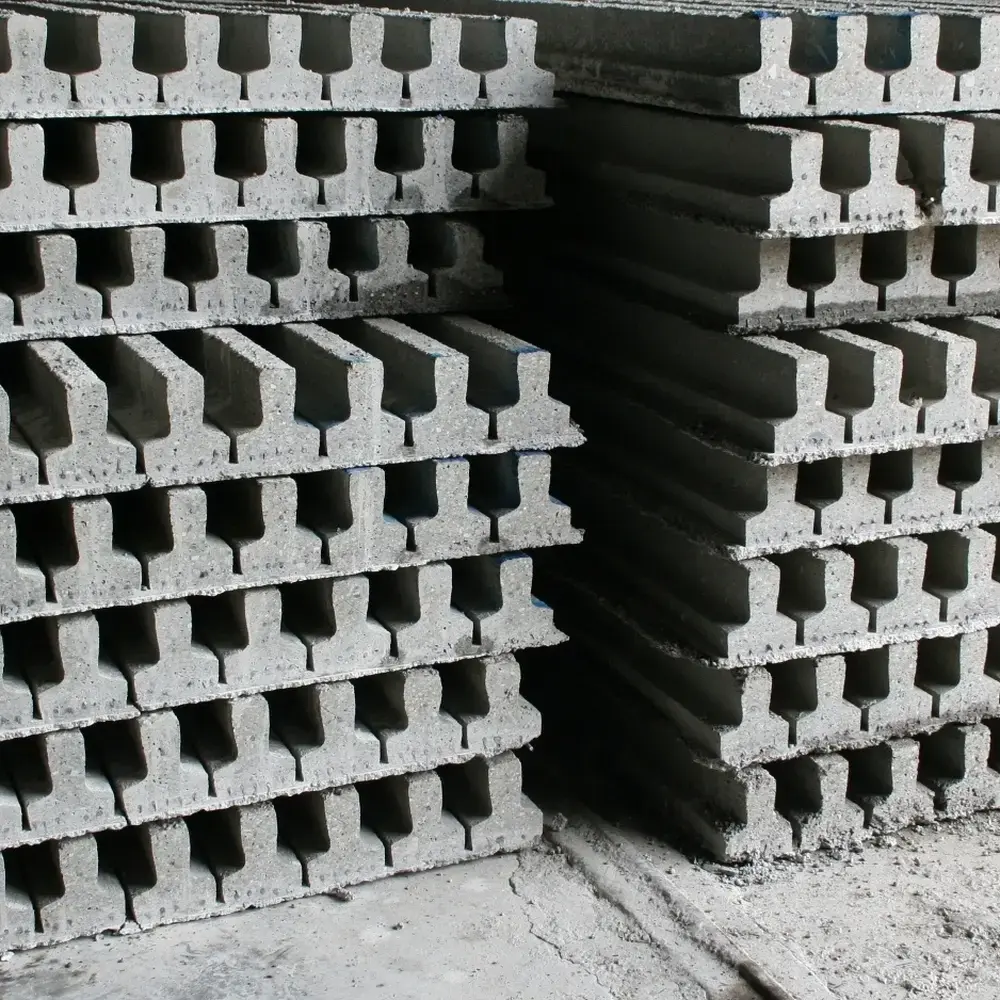
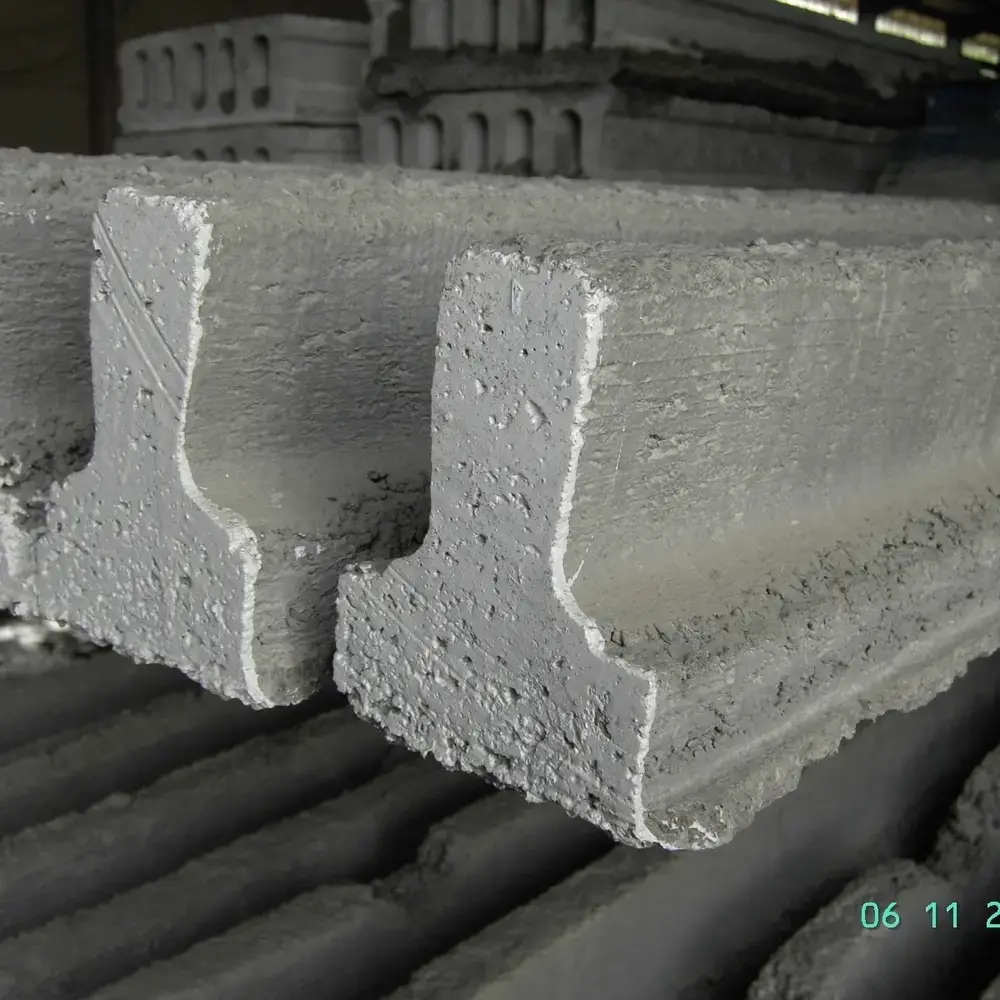
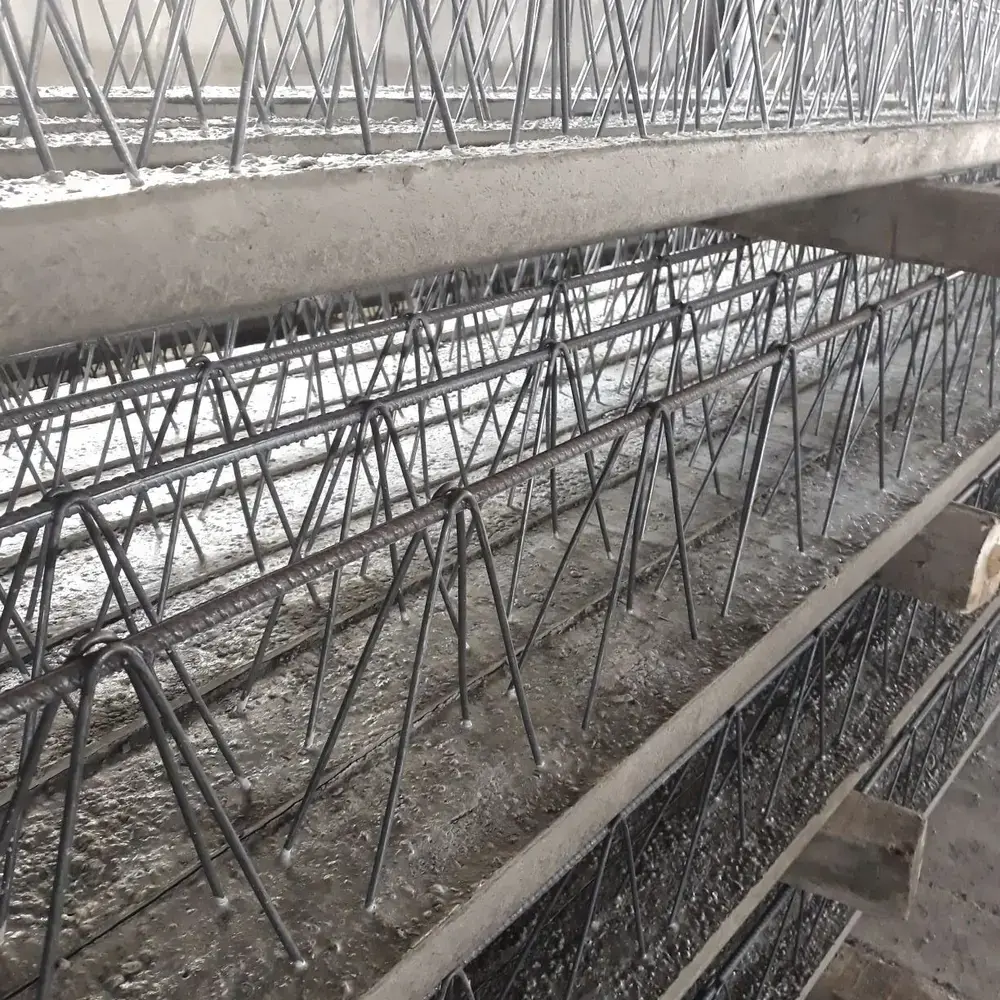
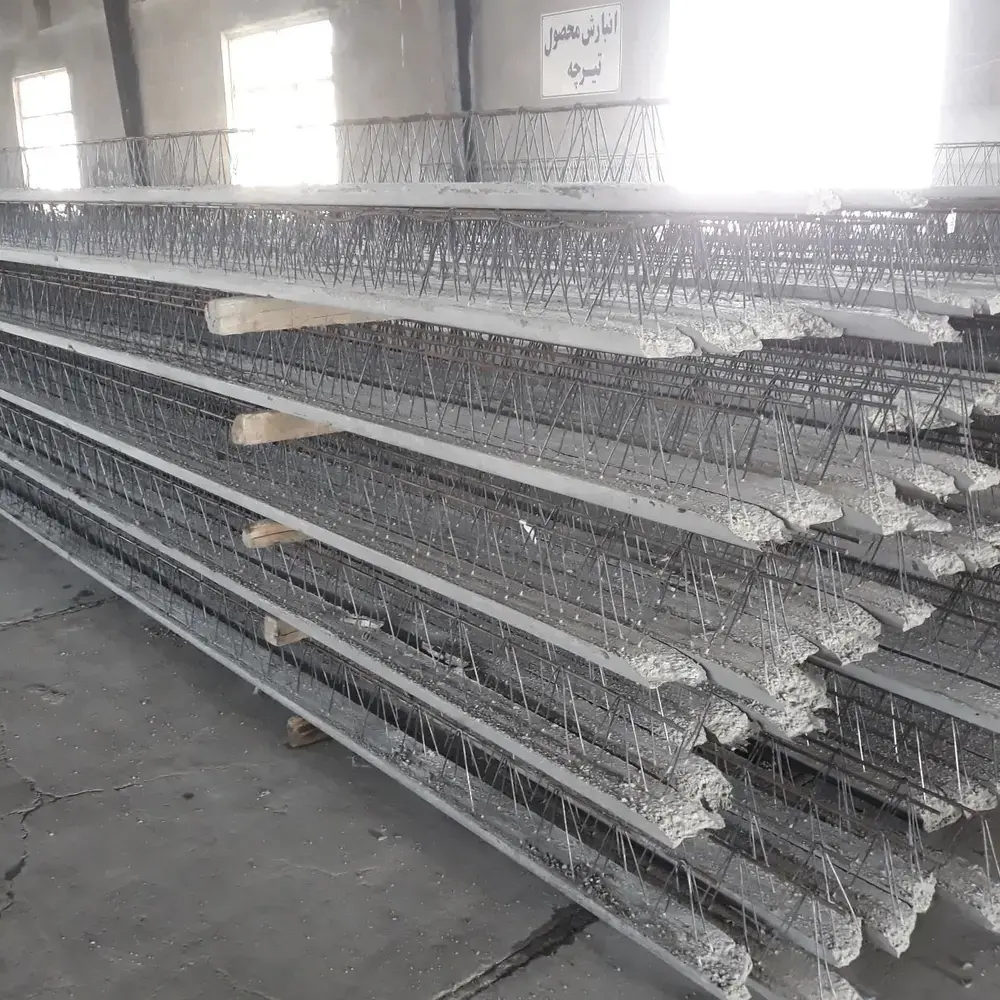
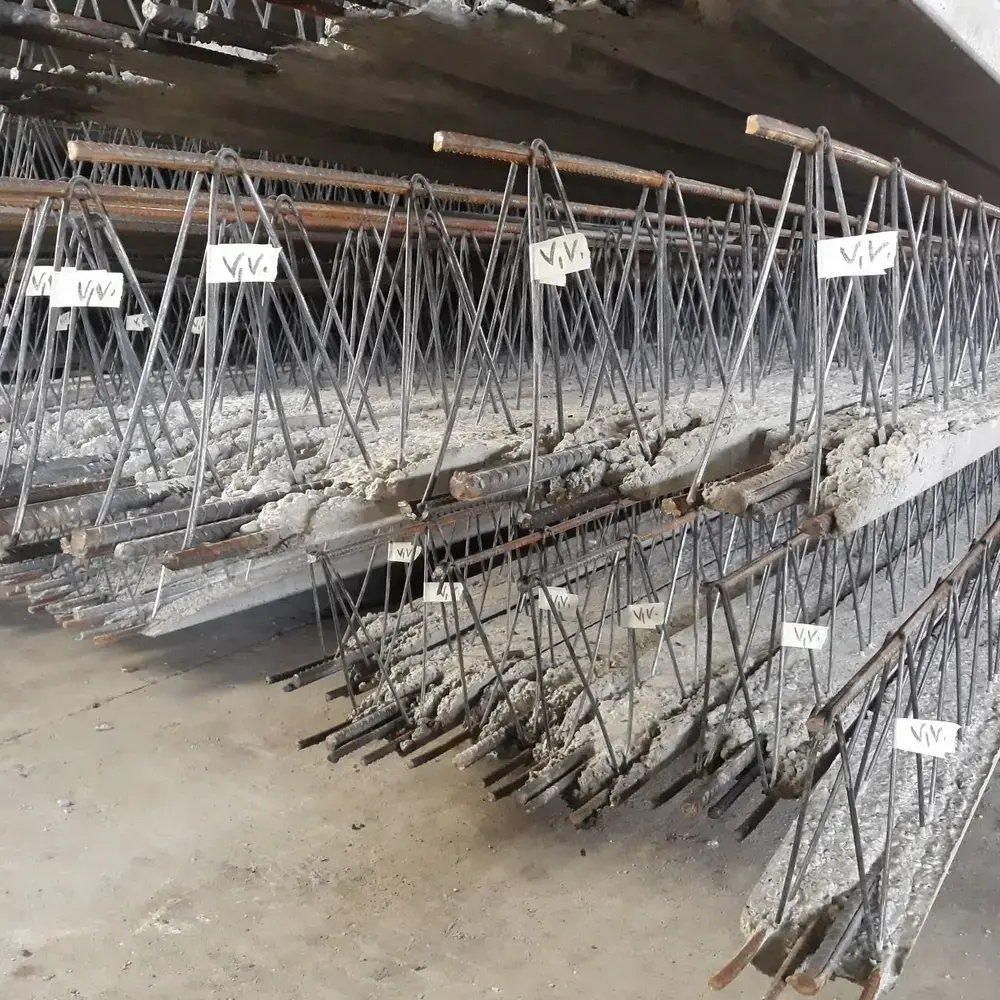
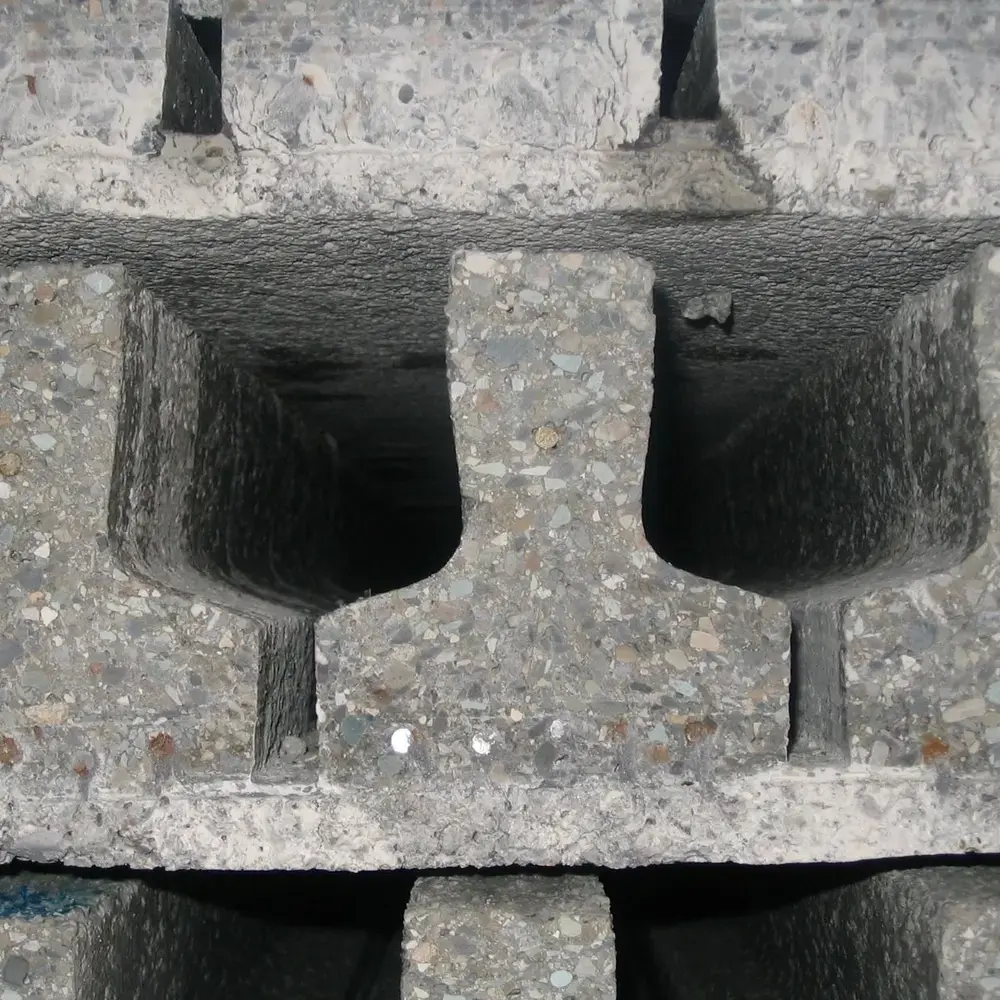
![]()
